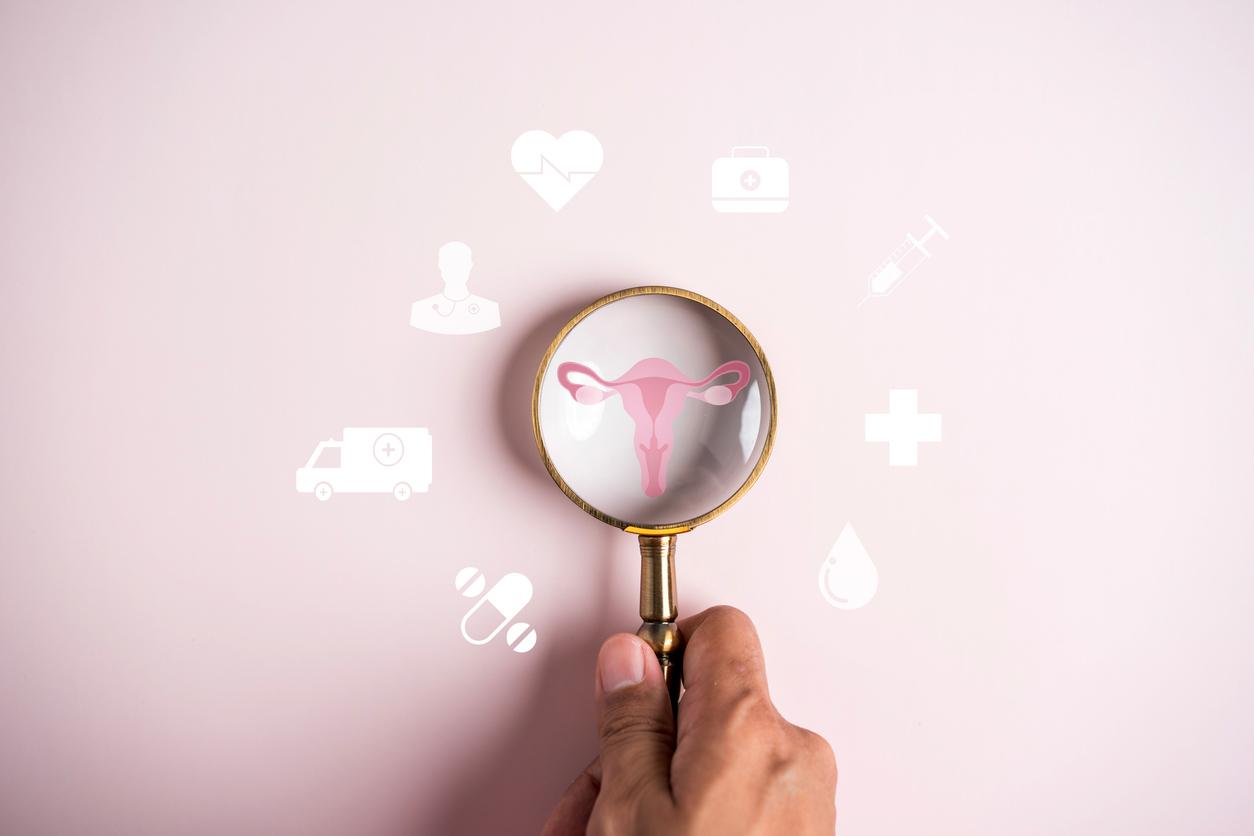The atrial fibrillation (also called atrial fibrillation) is a heart rhythm disorder that makes it quicker heart and makes it beat irregularly: we speak ofarrhythmia.
Several health problems can cause the development of atrial fibrillation: this is particularly the case of arterial hypertension, heart failure, hyperthyroidism, obesity, diabetes (type 1 or type 2 ), certain respiratory or renal diseases * … According to statistics, 1% of the French population is affected, and especially those over 65.
However, according to a new study from Duke University (in the United States), men and women are not equal in the face of this heart rhythm disorder, the risk of which increases with age.
Women would thus present more disabling symptoms (palpitations, shortness of breath, dizziness, chest pain …) and a lower quality of life, but a higher survival rate and a lower risk of developing cardiovascular diseases.
Measure your pulse
To reach this conclusion, the researchers followed 10,135 American volunteers aged 75 on average and suffering from atrial fibrillation (including 4,293 women, or 42% of the workforce). Their work was published in the journal JAMA Cardiology.
In addition to the previously mentioned results, they also found that women had the atrioventricular node ablation more frequently. This operation is recommended for people with atrial fibrillation when the drugs are unable to stabilize the arrhythmia.
In 30% of cases, the disease remains silent. To find out if you are concerned, just one technique: the pulse. Apply the index and middle fingers on the radial artery, at the level of the wrist, or on the carotid, at the level of the neck. Measure your pulse with a stopwatch: is it regular? Then measure its frequency: it should not drop below 40 beats per minute, nor go beyond 120 beats per minute.
* source: Health Insurance


















